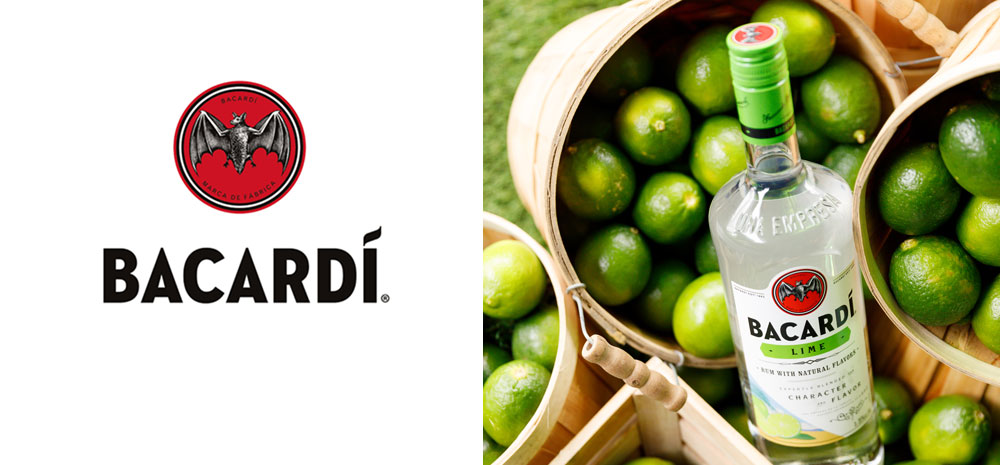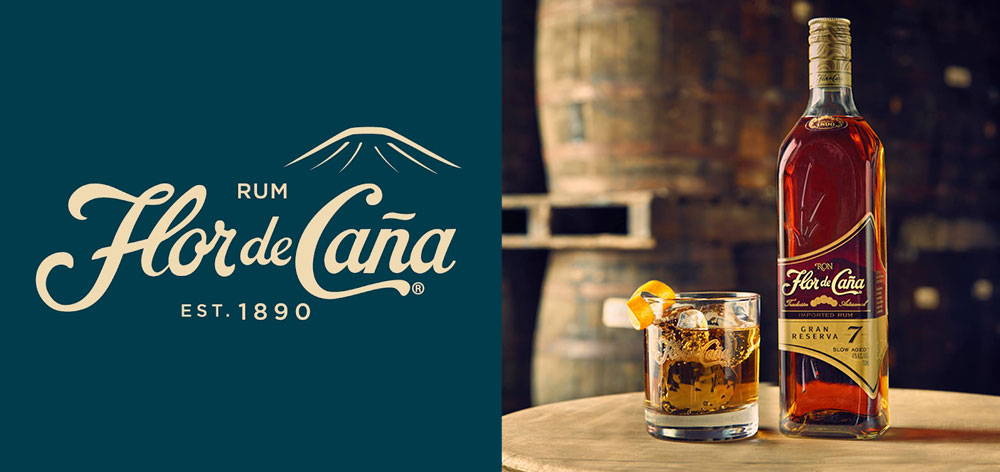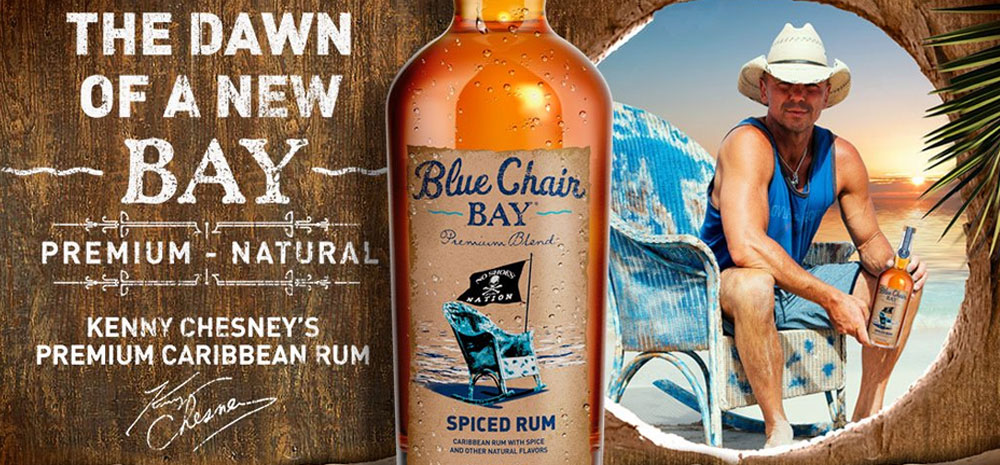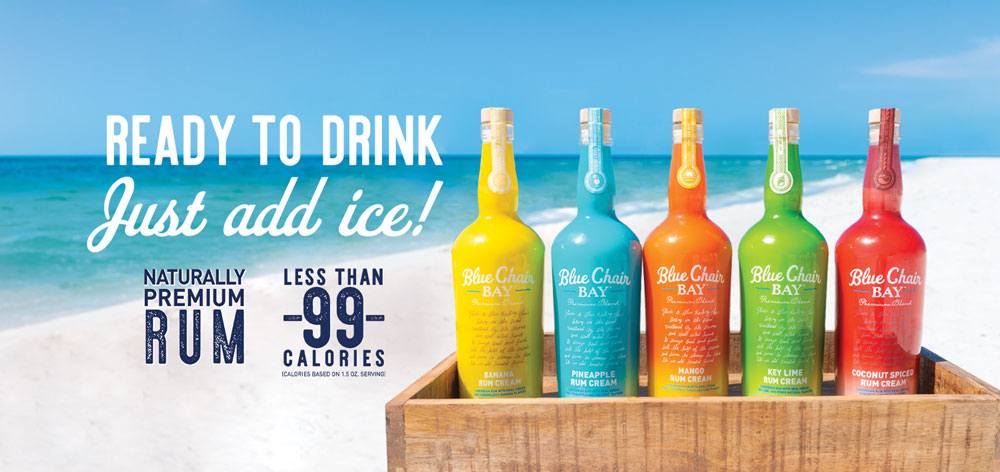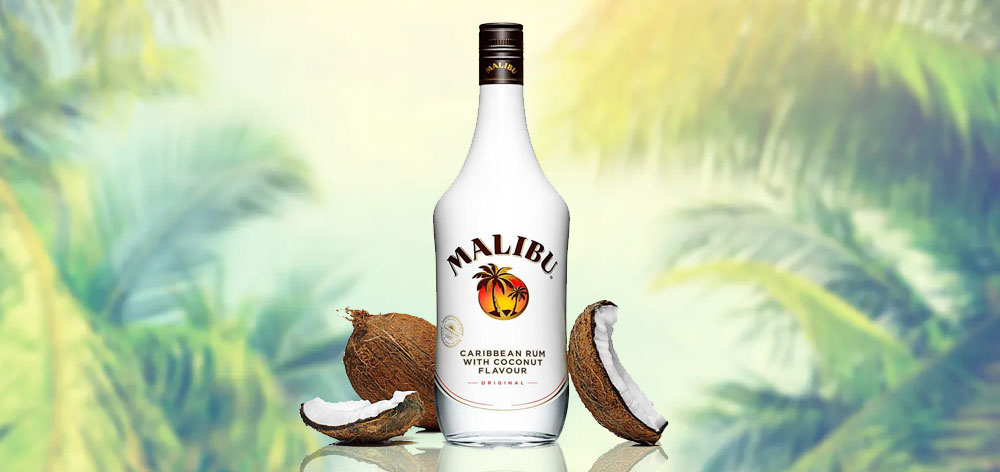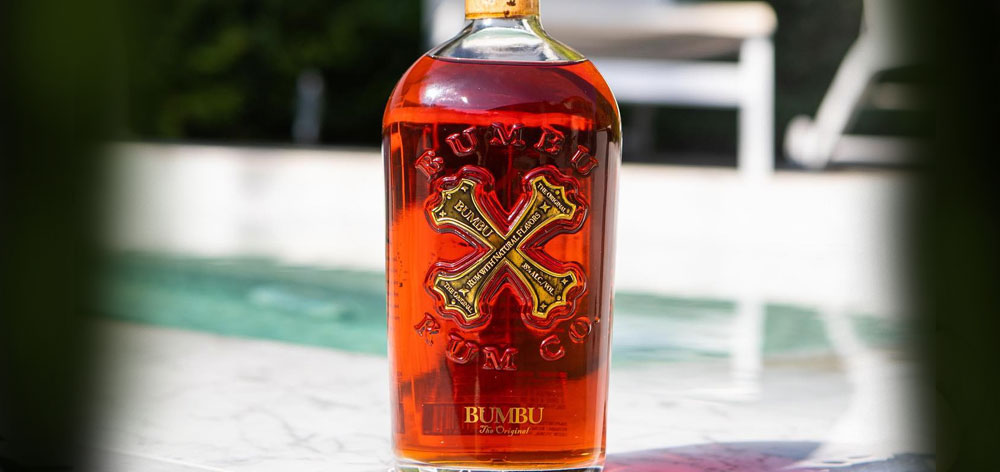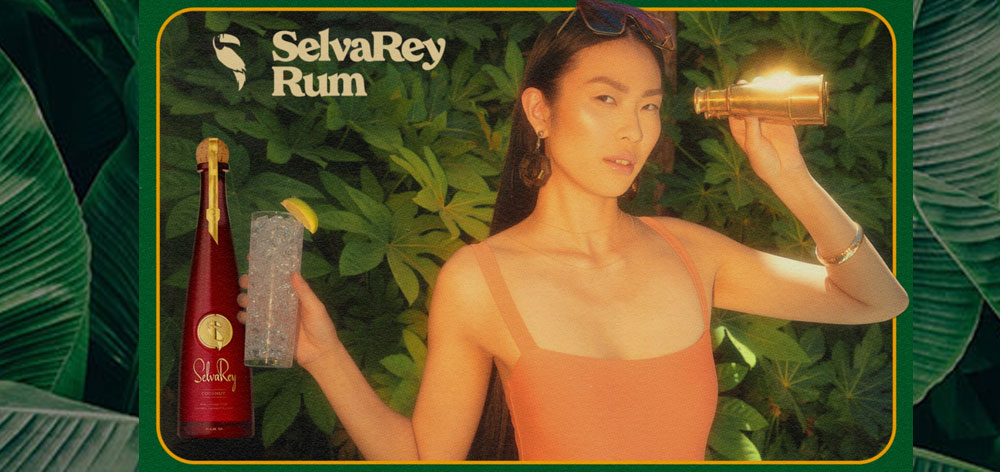RUM
Rum originated in the West Indies. Today it is produced in many countries around the world.
Best way to appreciate rums is to try the different styles and develop a palate just as you do for single malt scotchs and wines.
RUM History / Production
Rum is made from molasses, a glutinous black liquid by-product in the extraction and refining of sugar from the sap of the sugarcane. Sugarcane is a fast growing grass that will yield two or three crops each year. Propagated simply by planting a short length of cane into the plowed soil. It will grow six to eight feet in height and the ripe cane is usually four inches in diameter when harvested. The cane is harvested usually by burning the fields (primarily to burn off the leaves)and then cutting with sharp knives to remove the product. The cane then goes through a series of refining stages. First it is crushed to extract the sap, which is boiled to evaporate the water content and then centrifuged to separate the sugar crystals. Further extractions will separate golden syrup and black treacle, finally leaving a residue incapable of being refined any further. The final material left is molasses, the raw product of rum.
Molasses is diluted with water and fermented with yeast or with dunder. Dunder is a term used that is defined as residue from a previous distillation, in production of certain bourbons you will note the term “sour mash” which reflects dunder in rum. In most rum products today the cultivated yeasts are utilized over the use of dunder in the fermentation stage. At this point a wash is produced with an alcohol strength of 10% volume. The wash is distilled either in a pot still or continuous column still, the product from the former will be pungent and from the latter much lighter. All rums are clear when they come off of the still. The color of rum comes from the addition of caramel, which does not affect the taste, or from maturation in wood casks. The difference in flavor arises rather from the length of fermentation and the addition (if any) of dunder. Each previous item will produce a highly flavored rum. Distillation was all done originally in the pot still, with two fermentations, the heads and the tails being separated during the second fermentation. The pot still method is the same today, but the product is too pungent for popularity and so the continuous still has also come into use for rum production.
Four Different Rums Made Today
Depending on the production process.
1. Light rums
2. Medium bodied rums
3. Full bodied dark rums
4. Aromatic rums
In the United States today the “light rums” are the largest in volume of rums consumed. There are two major types of light rums, “white” and “amber”. White , also called silver, is the biggest seller. Clear in color, light and delicate with a slight molasses flavor. The “amber”, also called gold, identifies with its color; it is slightly mellower and has a more pronounced rum taste. Under the Puerto Rican law, the white is aged for one year. Amber is aged a minimum of 3 years, and caramel is added to give it a deeper and more uniform color.
Jamaican Rums are traditional and full bodied in style. They are in most cases the most pungent of beverage alcohol products. Jamaican’s have a buttery molasses flavor and aroma. The distillate is rich in flavor congeners, aging, in oak casks, takes place over 7 years. In wood , the rum acquires a golden hue, although the final depth of color is governed by the amount of caramel added. The “Planter’s Punch” is Jamaica’s traditional full bodied rum given a dark mahogany color by the addition of caramel. It is popular for the intense added color it gives to drinks in which it is used, especially its “Planter’s Punch” namesake.
Besides Puerto Rican and Jamaican Rums there also several other rums produced in the Caribbean area. Barbados: rich, medium bodied dark rum, distinctive aroma and taste. Demerara: full bodied, darker but not as pungent as Jamaican rum; distilled in column stills. Haiti: light to medium bodied well flavored rum fermented from cane juices and double distilled in pot stills like cognac. Martinique: full bodied pungent rums made from both cane syrup and molasses. Trinidad: are not full bodied rums, medium light, they more closely approach the light character of Puerto Rican rums than the Jamaican rums. They are distilled from molasses in continuous stills. Virgin Island rums tend to be somewhat heavier in taste and body than counter part the Puerto Rican styles.
In the list above the last style is that of a “Aromatic Rum”. The example of this type is Batavia Arak. This is a rum produced from molasses near Batavia on the island of Java, Indonesia. Its aromatic qualities result from a number of factors: special treatment given the molasses, quality of river water used in fermentation, a wild uncultured yeast and red Javanese rice placed in the fermenting tubs.
Cuba does produce rums and is the prototype for light rums made in Puerto Rico today. Cuban rum has slightly more character, distilled from molasses and treated with charcoal to make them even lighter. There is an embargo on the importation of Cuban rums in the United States.
Many other countries produce rums, although not all are marketed in the United States. In fact the state of Hawaii produces a portfolio of different style rums.
Best way to appreciate rums is to try the different styles and develop a palate just as you do for single malt scotchs and wines.

